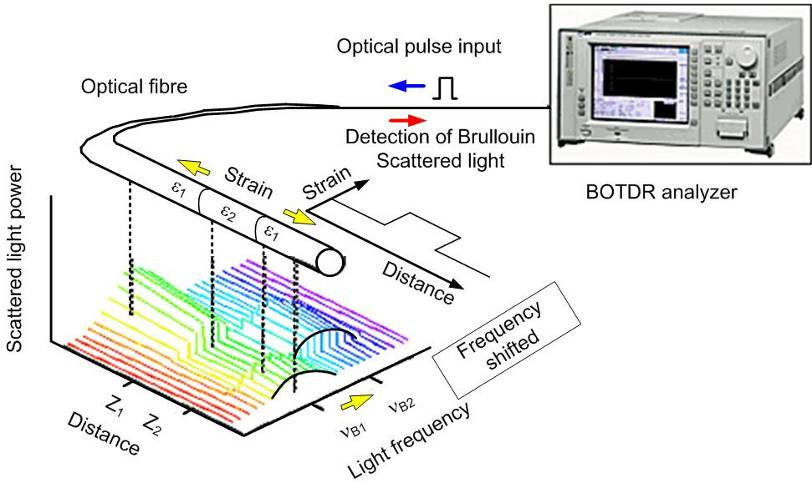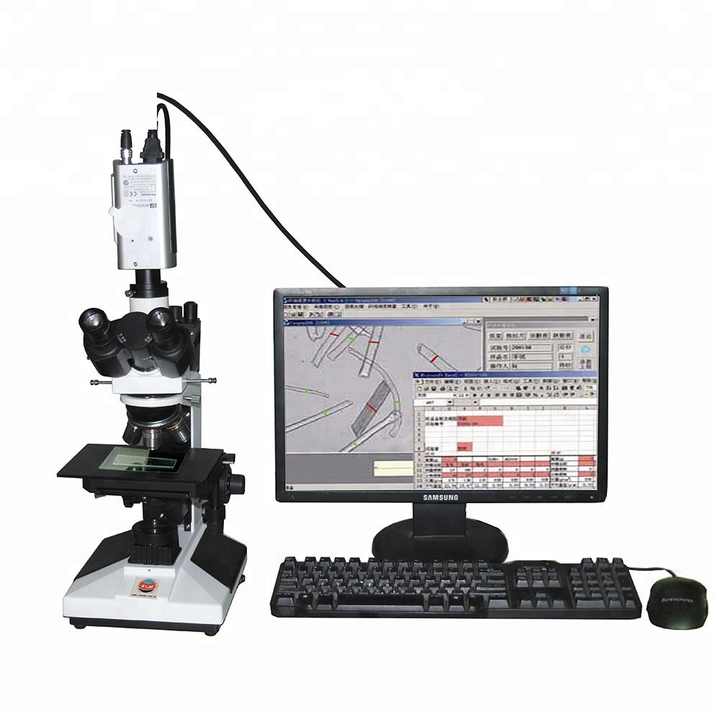Specifications to Look for in an Optical Fibre Diameter Analyser Device
Specifications to Look for in an Optical Fibre Diameter Analyser Device
Blog Article
Maximize Your Fibre Optic Efficiency: Recognizing Optical Fiber Size Analyser Modern Technology
The performance of fibre optic systems is critically affected by the precision of their diameter, a variable often neglected in the pursuit of ideal signal honesty. Comprehending the modern technology behind optical fiber size analysers discloses the intricate equilibrium between measurement accuracy and manufacturing top quality.
Relevance of Optical Fiber Diameter
The diameter of optical fiber plays a vital duty in determining the performance and efficiency of interaction systems. It affects numerous essential parameters, consisting of the setting of light propagation, depletion, and bandwidth capacity. Larger sizes generally permit multiple light settings, assisting in greater data transmission prices. Conversely, smaller sizes have a tendency to sustain fewer modes, which can boost signal quality and minimize crosstalk.

Moreover, comprehending the size's ramifications can cause set you back savings by decreasing the requirement for signal amplification and repeaters in comprehensive networks (optical fibre diameter analyser). To conclude, the value of optical fiber diameter can not be overstated, as it directly affects the general effectiveness and reliability of modern-day communication systems

How Diameter Affects Signal Quality
Signal high quality in optical fiber systems pivots significantly on the size of the fibre. The size influences numerous essential parameters, including attenuation, bandwidth, and modal dispersion. A smaller sized size can result in higher attenuation rates, leading to signal loss as light journeys with the fiber. This attenuation can endanger the integrity of the transmitted information, leading to a decrease in signal high quality, particularly over cross countries.
Conversely, bigger diameters generally enable boosted light capture and lowered modal dispersion, boosting signal clarity. In multimode fibers, a bigger core size can sustain multiple light settings, but it may additionally introduce intermodal dispersion, which can break down signal high quality. For that reason, choosing the optimum fibre diameter is crucial for attaining the preferred efficiency in details applications.
Additionally, the interaction between the fiber size and the wavelength of the light used plays a critical role in determining the efficient transmission range and overall signal integrity. Understanding just how fibre diameter impacts signal top quality is important for network designers and engineers making every effort to maximize optical fiber systems for trustworthy, high-speed information transmission.
Overview of Diameter Analyser Technology
In several optical fibre manufacturing procedures, exact measurement of fibre diameter is crucial for ensuring regular performance and high quality (optical fibre diameter analyser). Diameter analysers are sophisticated instruments created to evaluate the physical measurements of optical fibers with high accuracy. They use innovative optical and laser innovations to determine the diameter, ovality, and concentricity of the fibre, therefore offering vital data for quality assurance
These analysers can operate in-line during the production procedure or as part of off-line screening methods. In-line systems allow real-time tracking, enabling manufacturers to change criteria immediately, consequently preserving optimal production conditions. Off-line analysers, on the various other hand, provide comprehensive evaluations of batches, guaranteeing that any kind of variances from defined resistances are identified and addressed.
Size analysers considerably add to the reduction of defects in optical fibres, enhancing overall item dependability. By constantly determining crucial parameters, these modern technologies facilitate compliance with market standards and specifications. As the demand for high-performance optical fibers proceeds to climb, the role of size analysers comes to be significantly important in achieving the preferred high quality and performance standards in fiber optic systems.
Secret Features of Fiber Size Analysers
Although different versions of fiber diameter analysers exist, they frequently share a number of crucial features that enhance their performance and reliability. One of one of the most considerable features is high-resolution dimension capacities, which make sure exact diameter readings, critical for keeping quality assurance in fibre production. Furthermore, lots of analysers include innovative optical sensing units made to find minute variants in fibre size, therefore giving important data for process optimization.
Another important function is real-time tracking, permitting operators to obtain instant feedback on fibre size throughout the production process (optical fibre diameter analyser). This ability promotes fast adjustments and lowers the possibility of problems. Several analysers additionally come geared up with straightforward interfaces, making it possible for operators to conveniently browse via information and setups results
Furthermore, durable information storage and analysis performances are crucial for tracking historical efficiency patterns and ensuring conformity with market criteria. These functions collectively add to the effectiveness of fiber diameter analysers in optimizing fibre optic efficiency.
Finest Practices for Fiber Optimization

First, normal calibration of optical fibre size analysers is necessary. This makes sure exact dimensions and minimizes prospective disparities that might affect efficiency. Next, preserving a clean working setting is vital; dirt and pollutants can lead to indicate degradation.
Furthermore, it is very important to pick fibres that fulfill specific application demands. This includes evaluating elements such as attenuation, transmission capacity, and environmental problems. Proper installment strategies need to also be followed, consisting of avoiding sharp bends and extreme tension, which can compromise fibre stability.
Additionally, employing innovative monitoring systems can assist in real-time efficiency assessments, allowing timely recognition of concerns. Regular testing and maintenance must be performed to guarantee that fibers continue to be within ideal functional parameters.
Lastly, training workers on the most up to date fibre optimization technologies and approaches will certainly improve their capacity to apply effective click for source approaches. By following these finest techniques, companies can dramatically improve the efficiency and lifespan of their optical fiber systems, ensuring reliable communication and data transfer.
Conclusion
In verdict, the integration of optical fiber diameter analyser technology is crucial for optimizing fibre optic performance. By making important site sure exact measurements of fiber dimensions, these analysers significantly boost signal high quality and minimize losses during data transmission.
Signal quality in optical fiber systems hinges dramatically on the diameter of the fiber.In many optical fiber production processes, precise measurement of fiber size is necessary click here for info for ensuring consistent efficiency and high quality. As the need for high-performance optical fibers continues to rise, the role of diameter analysers comes to be significantly crucial in attaining the preferred quality and performance standards in fiber optic systems.
These features collectively add to the effectiveness of fiber size analysers in maximizing fibre optic efficiency.
In conclusion, the combination of optical fiber diameter analyser modern technology is essential for making best use of fiber optic performance.
Report this page